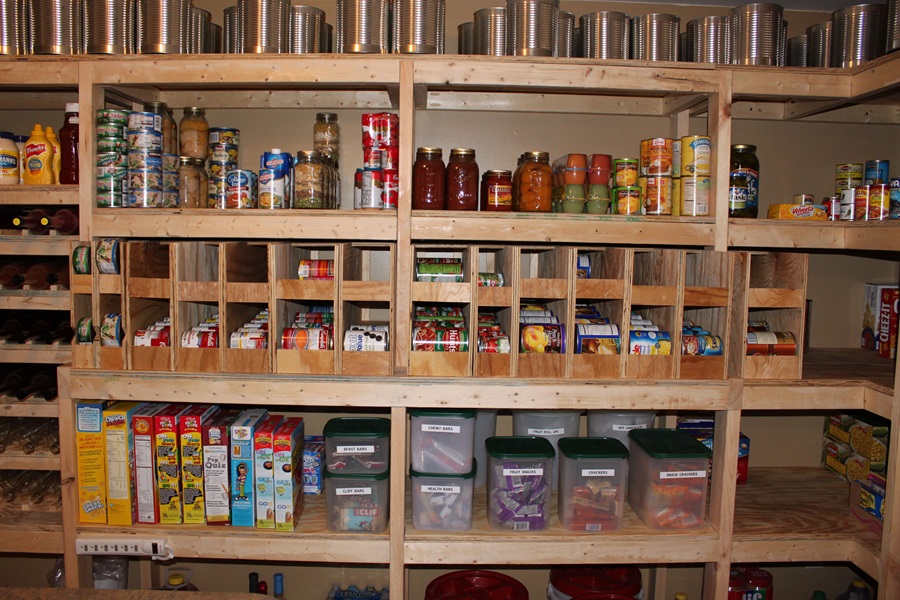The constant dripping of a leaky faucet is a sound many homeowners know all too well. This seemingly minor issue can lead to significant water wastage and increased utility bills if left unaddressed. Understanding how to tackle this problem brings peace of mind and fosters a sense of accomplishment in performing a successful DIY home repair. This article delves into six practical methods to fix a leaky faucet, suitable for various faucet types and complexities. From tightening handles to replacing intricate parts, these step-by-step solutions aim to empower homeowners to efficiently resolve their leaky faucet woes.
Contents
- 1 Understanding Your Faucet Type
- 2 Tools and Materials Needed
- 3 Method 1: Tightening the Handle
- 4 Method 2: Replacing Worn Out Washers and O-rings
- 5 Method 3: Cleaning or Replacing the Valve Seat
- 6 Method 4: Fixing Ceramic Disk Faucets
- 7 Method 5: Repairing Ball-Type Faucets
- 8 Method 6: Solving Cartridge Faucet Leaks
- 9 Fix Your Leaky Faucet With These Different Methods!
Understanding Your Faucet Type

Faucets come in various designs, each with unique mechanisms. The most common types include compression, cartridge, ball type, and ceramic disk faucets. Compression faucets are often found in older homes and utilize rubber washers to control water flow. Cartridge faucets, on the other hand, use a movable cartridge to regulate water passage. Ball-type faucets feature a ball bearing that adjusts water temperature and flow, while ceramic disk faucets are known for their durability and use two ceramic disks. Knowing your faucet type is crucial, as it dictates the repair approach and the parts needed. Misidentifying the faucet type can lead to ineffective repairs, making this knowledge a fundamental first step in troubleshooting.
Tools and Materials Needed

Before embarking on the repair journey, gathering the right tools and materials is essential. Basic tools include an adjustable wrench, Phillips and flat-head screwdrivers, and pliers. Materials might vary based on the repair but commonly involve replacement washers, O-rings, and valve seats. It’s also crucial to prioritize safety by turning off the water supply to the faucet before starting any repair work. Having these tools and materials on hand streamlines the repair process and prevents unnecessary interruptions, ensuring a smoother and more efficient repair experience.
Method 1: Tightening the Handle

A loose faucet handle can often cause a leak. This issue is usually resolved by simply tightening the handle. First, the cap or button at the handle’s top is removed to expose the screw. Using a screwdriver, one can tighten this screw, securing the handle. It’s important not to over-tighten, as this can damage the handle or mechanism. If the leak persists after this step, it may indicate a deeper issue, such as worn-out internal components, requiring further inspection and possibly a different repair method.
Method 2: Replacing Worn Out Washers and O-rings

Worn-out washers and O-rings are common culprits behind faucet leaks. To replace them, one must first disassemble the faucet handle, which often involves unscrewing it from the stem. Once the handle is removed, the worn washer or O-ring becomes visible and can be replaced. Ensuring that the replacement washer or O-ring is of the correct size and material for the faucet is vital. Incorrectly sized parts can lead to further leaks or damage. This method is particularly relevant for compression faucets but can also apply to other types.
Method 3: Cleaning or Replacing the Valve Seat

The valve seat, which connects the faucet and the spout, can be a source of leaks if it becomes corroded or filled with mineral deposits. Cleaning the valve seat can sometimes resolve the issue. However, if the seat is severely damaged, it may require replacement. To clean or replace the valve seat, one must remove the faucet stem, giving access to the valve seat at the bottom. This method requires precision, as an improperly fitted valve seat can exacerbate the leaking issue.
Method 4: Fixing Ceramic Disk Faucets

Ceramic disk faucets are known for their longevity but are not immune to leaks. When these faucets leak, it’s often due to worn-out seals or a damaged disk cartridge. To fix this, the faucet handle is removed to access the cartridge. The seals are then replaced, and the cartridge is cleaned of debris. In cases where the cartridge is damaged, it might be necessary to replace it. This method requires careful handling to avoid damaging the delicate ceramic parts.
Method 5: Repairing Ball-Type Faucets

Ball-type faucets have several parts that may wear out and cause leaks, including the ball itself, rubber seals, and springs. To repair a leak in a ball-type faucet, one needs to disassemble the handle and replace the worn parts. Using the exact replacement parts designed for the specific faucet model is crucial. Using incorrect parts can lead to more significant issues and potentially damage the faucet.
Method 6: Solving Cartridge Faucet Leaks

Leaks in cartridge faucets are typically resolved by replacing the cartridge. This process involves removing the faucet handle to access the cartridge. After carefully removing the old cartridge, a new one is inserted. Ensuring that the new cartridge is correctly aligned and secured is vital for the faucet’s proper functioning. Regular maintenance, such as cleaning and lubricating the cartridge, can extend its life and prevent future leaks.
Fix Your Leaky Faucet With These Different Methods!
Addressing a leaky faucet promptly saves water, reduces utility bills, and prevents potential damage to the home’s plumbing system. The methods outlined in this article provide homeowners with the knowledge and confidence to tackle this common household issue. While some may prefer to seek professional help, these DIY solutions offer an effective and satisfying alternative for those willing to invest a little time and effort. Fixing a leaky faucet is a practical skill that enhances one’s home maintenance abilities and contributes to a more sustainable lifestyle.


